Among the many wild, medicinal plants native to North America, the Oregon grape (Mahonia aquifolium) holds a particularly important place. Recognized for its vibrant yellow flowers, glossy holly-like leaves, and deep purple berries, the Oregon grape has long been valued for both its ornamental beauty and medicinal properties. Though often overshadowed by more commercially known berries, the Oregon grape plays a significant role in traditional herbal medicine and landscaping, especially in the Pacific Northwest.
This article explores the origins, uses, and global production of Oregon grapes, with a primary focus on identifying which country leads the world in Oregon grape production. We’ll also discuss the cultural, ecological, and economic relevance of this remarkable plant.
What Is Oregon Grape?
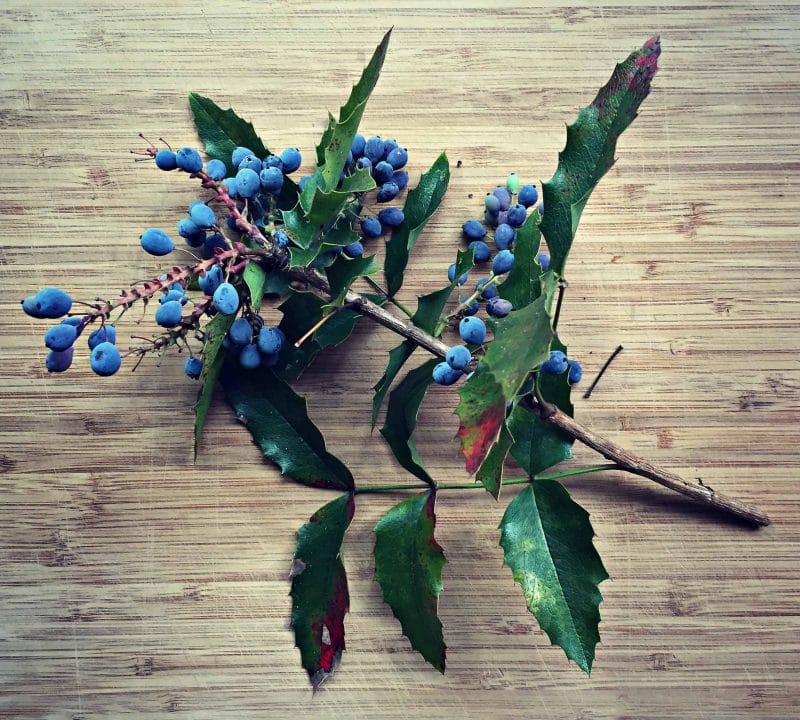
Despite its name, Oregon grape isn’t a true grape. It belongs to the Berberidaceae family and produces clusters of small, dark blue to purple berries resembling grapes. Native to the Pacific Northwest of North America, the Oregon grape thrives in forested areas, open woodlands, and mountain slopes.
It is best known for its medicinal uses, particularly the yellow alkaloid berberine, found in its roots and bark. Traditionally used to treat digestive disorders, skin conditions, and infections, Oregon grape remains popular in herbal remedies today. Additionally, its berries, though tart and slightly bitter, are occasionally used in jellies, wines, and culinary sauces.
Global Production Overview of Oregon Grape
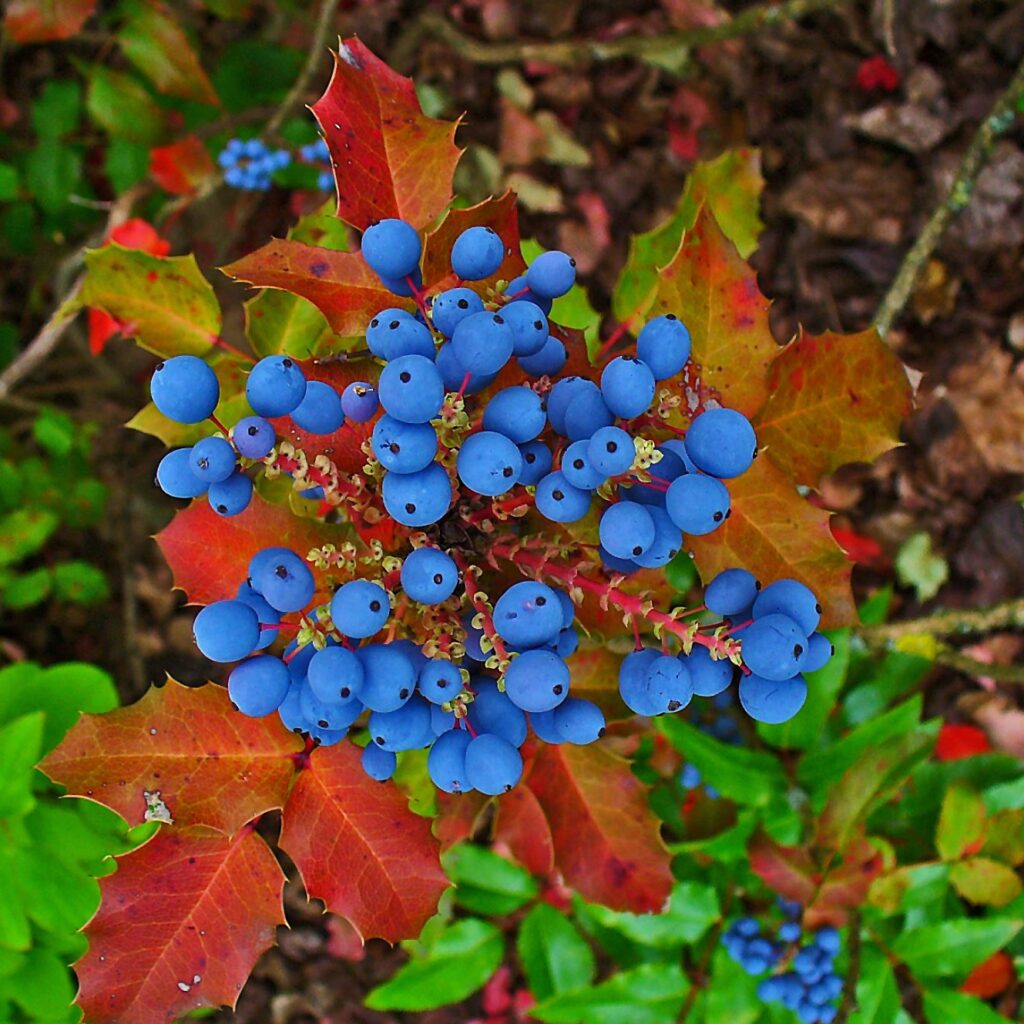
The cultivation and commercial harvesting of Oregon grape are largely limited to North America, specifically the United States and Canada. Most Oregon grape products, including medicinal extracts and ornamental plants, are produced in these countries due to the plant’s native habitat and established herbal medicine markets.
While Oregon grapes are found in parts of Europe and Asia, where they have been introduced for ornamental use, commercial berry or medicinal production is minimal outside of North America.
Which Country Is the Largest Oregon Grape Producer Globally?
The United States — particularly the states of Oregon, Washington, and Northern California — is recognized as the largest producer of Oregon grape globally.
Why the United States Leads Oregon Grape Production:
- Native Range and Ideal Habitat
The plant is indigenous to the Pacific Northwest, which offers the ideal combination of moist, temperate climate and forested landscapes where Oregon grape naturally thrives. - Extensive Wild Harvesting and Cultivation
In the United States, Oregon grapes are both wild-harvested and cultivated for commercial herbal medicine markets, nursery plant sales, and limited culinary use. The highest concentrations of wild Oregon grape are found in western Oregon, Washington, and Northern California. - Large Herbal and Medicinal Plant Industry
The U.S. has a well-established herbal medicine sector, which utilizes Oregon grape root extensively for its antibacterial, antifungal, and anti-inflammatory properties. American herbal product companies are among the largest buyers and processors of Oregon grape roots, bark, and berries. - Ornamental Plant Trade
The plant’s attractive foliage and bright yellow flowers make it a favorite in landscaping and ornamental gardening across North America. U.S. nurseries grow significant quantities of Oregon grape plants for sale across the country and for export to Europe and Asia.
Other Notable Oregon Grape Producers
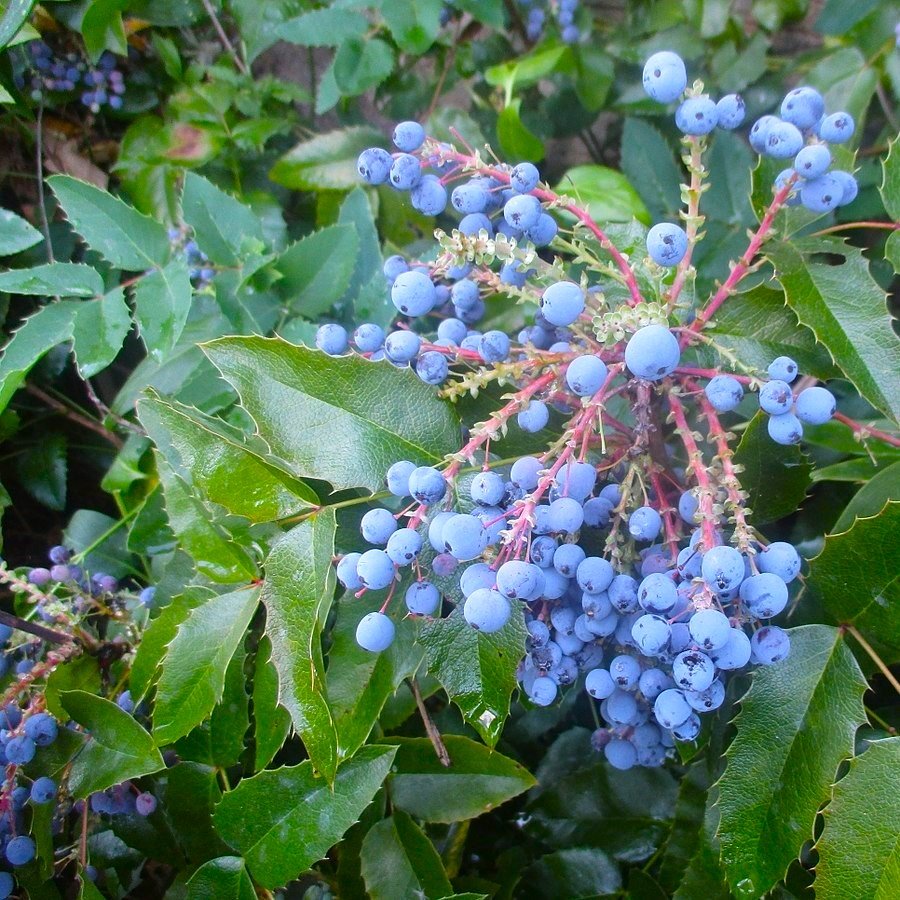
Although the United States dominates global production, a few other regions contribute to smaller-scale Oregon grape cultivation and harvesting:
Canada
In British Columbia and parts of Alberta, Oregon grape grows naturally in forests and mountain slopes. Canadian herbal medicine producers harvest wild Oregon grape roots for domestic use and limited export. While the commercial scale is modest compared to the U.S., Canada remains a notable contributor, especially in the herbal supplement industry.
Europe
In parts of Western and Central Europe, Oregon grape has been introduced as an ornamental shrub. Countries like Germany, the UK, and France cultivate Mahonia aquifolium in gardens and public landscapes. However, the plant is primarily valued for its aesthetic appeal, and commercial medicinal production is rare.
Estimated Global Production Volumes
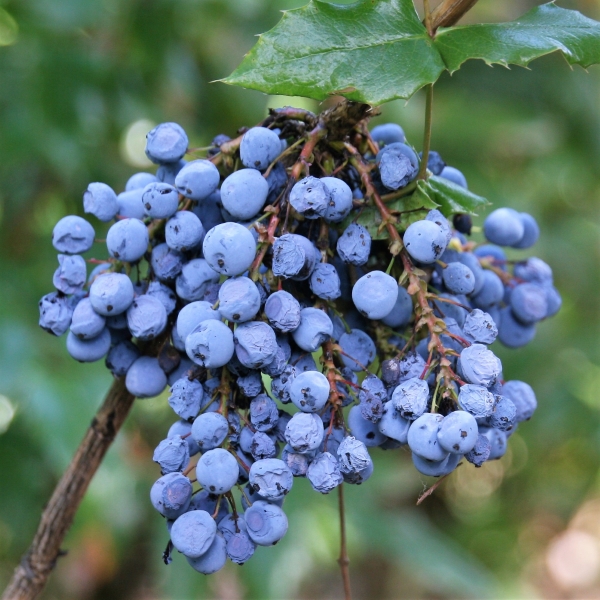
As most Oregon grape harvesting occurs in the wild or through small-scale cultivation for herbal products and ornamental use, comprehensive production data is limited. Nevertheless, industry estimates suggest:
- The United States accounts for over 80% of global Oregon grape harvesting and product processing.
- Canada contributes around 10–15%.
- Europe and other regions collectively represent less than 5%, primarily for ornamental uses.
Cultural and Economic Importance of Oregon Grape
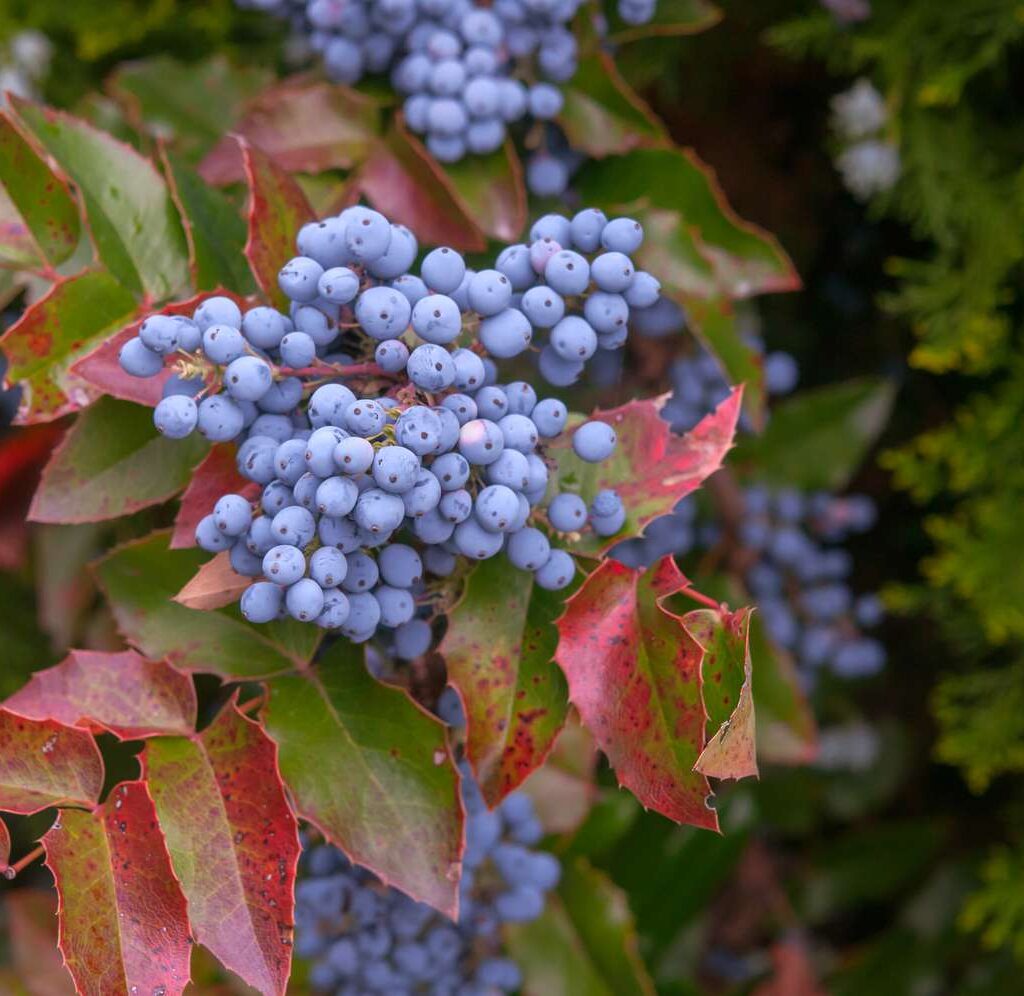
In the United States
Oregon grape has long been a staple in the herbal medicine practices of Native American tribes and early settlers. Its root was traditionally used to treat infections, digestive ailments, and skin conditions like psoriasis and eczema.
Today, Oregon grape remains one of the most commercially harvested wild medicinal plants in the Pacific Northwest. It’s widely sold in tincture, capsule, extract, and salve forms for its antimicrobial and liver-supporting benefits.
Beyond medicinal use, the plant is valued in native plant restoration projects and sustainable landscaping for its drought tolerance and wildlife-friendly features.
In Canada
Much like in the U.S., Oregon grape has played a role in Indigenous medicine and cultural practices in British Columbia. Today, it is used in herbal remedies and environmental restoration projects.
In Europe
Introduced in the 19th century, Oregon grape is a popular ornamental shrub in parks, gardens, and roadside plantings. Its vibrant flowers and evergreen leaves offer year-round appeal, though its berries are rarely harvested for commercial use.
Health Benefits of Oregon Grape
Oregon grape’s medicinal reputation comes primarily from its high berberine content, an alkaloid with proven antimicrobial, anti-inflammatory, and antioxidant properties.
Health benefits include:
- Treating skin disorders: Psoriasis, eczema, and fungal infections.
- Digestive support: Alleviates stomach upsets, improves digestion, and combats intestinal infections.
- Antimicrobial activity: Effective against bacteria, viruses, and fungi.
- Liver health: Promotes bile production and detoxification.
Berberine extracted from Oregon grape is widely used in herbal supplements and natural skin care products.
Challenges in Oregon Grape Production
Despite its benefits, several challenges affect Oregon grape harvesting and commercial production:
- Dependence on Wild Harvesting: Over-harvesting in some regions has raised ecological concerns, leading to stricter harvesting guidelines and sustainability initiatives.
- Slow Growth Rate: Oregon grape shrubs grow slowly, limiting the feasibility of large-scale commercial plantations.
- Market Awareness: While respected within herbal medicine communities, broader consumer awareness remains limited compared to mainstream herbal supplements like turmeric or ginseng.
Future Outlook for Oregon Grape Production
With rising global demand for natural, plant-based remedies, Oregon grape products are expected to see steady market growth. In the United States, herbal companies are investing in sustainable harvesting practices and exploring opportunities for small-scale cultivation to meet demand without harming wild populations.
Additionally, increased interest in native plant landscaping and ecological restoration has expanded nursery cultivation, especially in Oregon, Washington, and California.
While it’s unlikely that Oregon grape will become a mainstream commercial berry like blueberries or cranberries, its niche role in herbal medicine, native landscaping, and ecological restoration ensures a promising future.
Conclusion
In conclusion, the United States leads the world in Oregon grape production, thanks to its native habitats in the Pacific Northwest, established herbal medicine industry, and extensive nursery trade. While Canada and parts of Europe contribute modestly, no other country matches the U.S. in terms of harvesting volume, product diversity, and market demand.
As public interest in traditional herbal medicine, sustainable landscaping, and native plant restoration grows, Oregon grape is well-positioned to maintain its vital role in both the ecological and medicinal landscapes of North America and beyond.
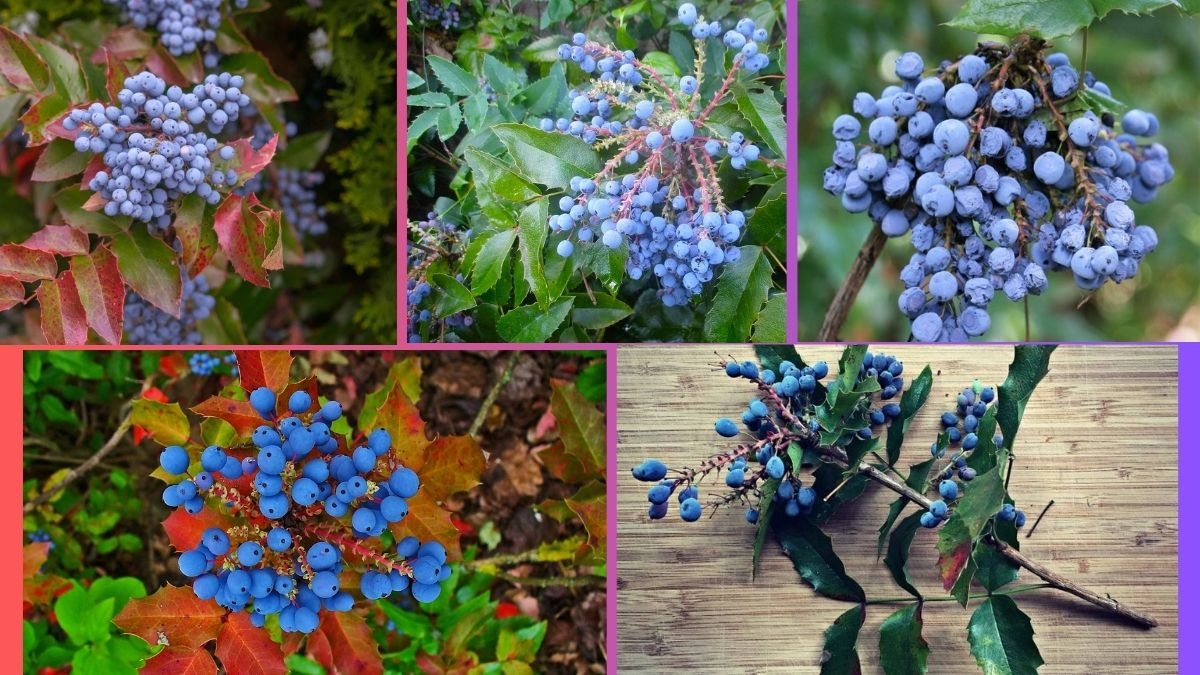

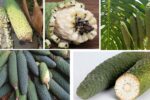
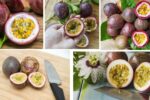
Leave A Comment